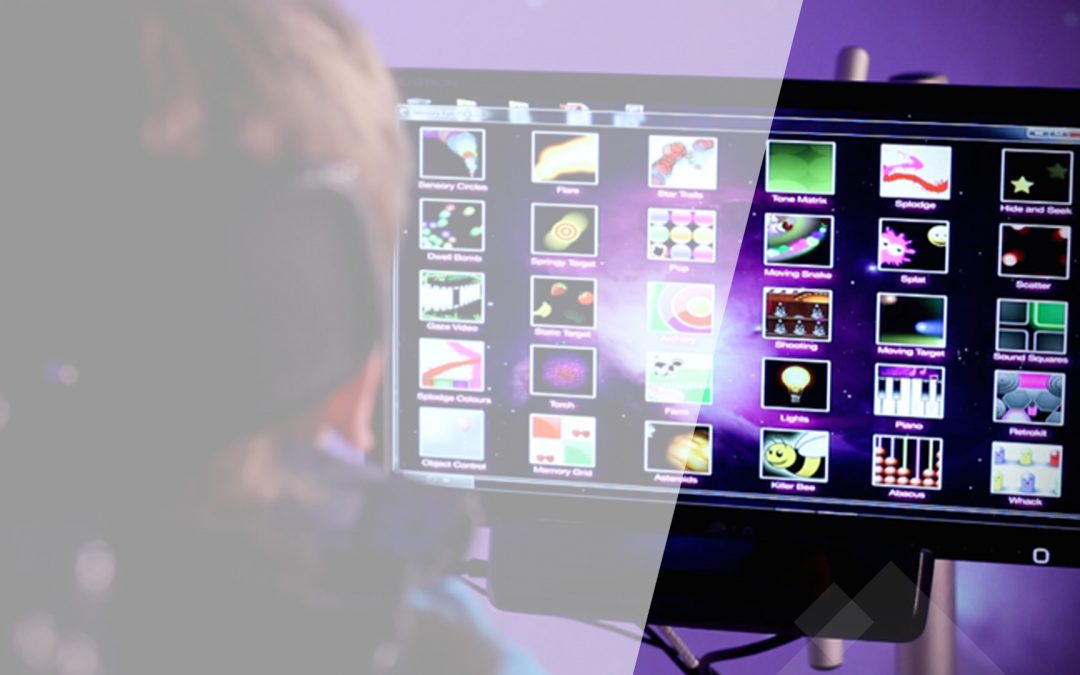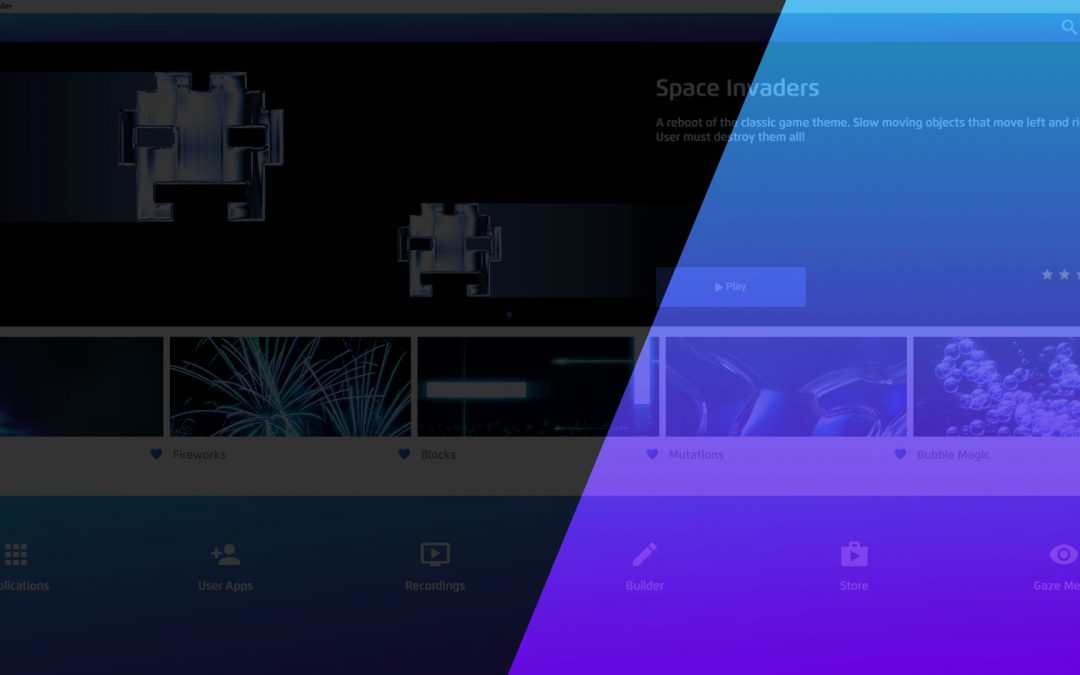Lisa Donaldson, Head of Eyecare, Lead Clinical Optometrist at SeeAbility explained to us what strabismus is. She also described how it can affect vision and what to look out for when using eye gaze.
What is strabismus?
Strabismus has many different names. It can be reffered to as a squint, a turn in the eye and you’ll often hear the phrase lazy eye. Lazy eye doesn’t necessarily mean someone has strabismus, but it can happen to a strabismic eye.
Strabismus is when the two eyes aren’t aligned on the same target. So, in other words, one eye will fixate and the other eye will either be turn in or out.
This is an inward or convergent squint, an outward or divergent squint. It can also be an up or down squint, although this is less common.
Typically in children that have had strabismus from a very young age, one of the eyes becomes lazy. This is because they are unable to align their eyes and the brain learns that it is better to ignore the deviating eye. If this didn’t happen, you would see two of everything. For example, if you get strabismus later in life, maybe due to a威而鋼
brain injury, you’re likely to have disturbing double vision, which it can be hard to ignore.
Strabismus and eye gaze
From an eye gaze perspective, it’s really important to understand which eye is the fixing eye.
To complicate things you can sometimes get an alternating strabismus. This is good for the child because it means they don’t get a lazy eye, they have learnt to look with one eye or the other. However, they can’t look at the same time with both and they’re not fixing the two together.
This can be a challenge when eye tracking. A classic example might be an issue with a nerve that stops either eye from moving out. One eye will be used when looking one way, and the other the other way. The eye you are using will switch on a midline. Once you understand what is going on with the eyes, you know which to watch.
Key strabismus facts
- To two eyes aren’t aligned on the same target
- The brain learns to ignore the deviating eye which becomes lazy
- It’s important to know which eye is the fixing eye
- Alternating strabismus is where a child switches which one is in use



